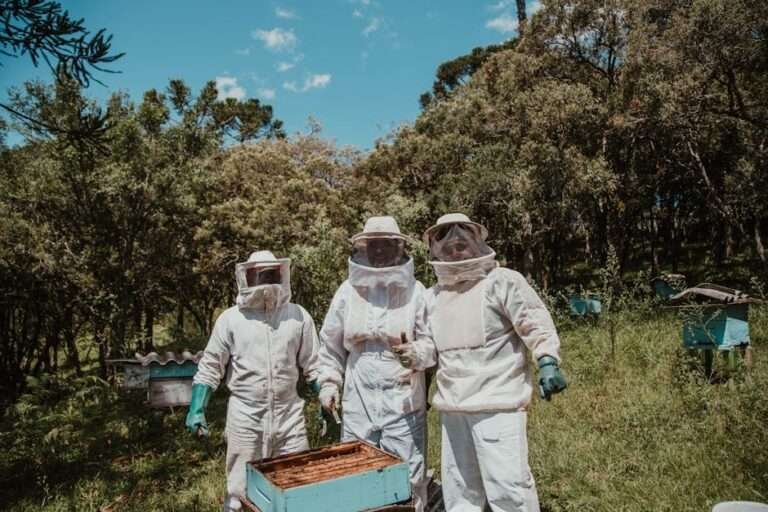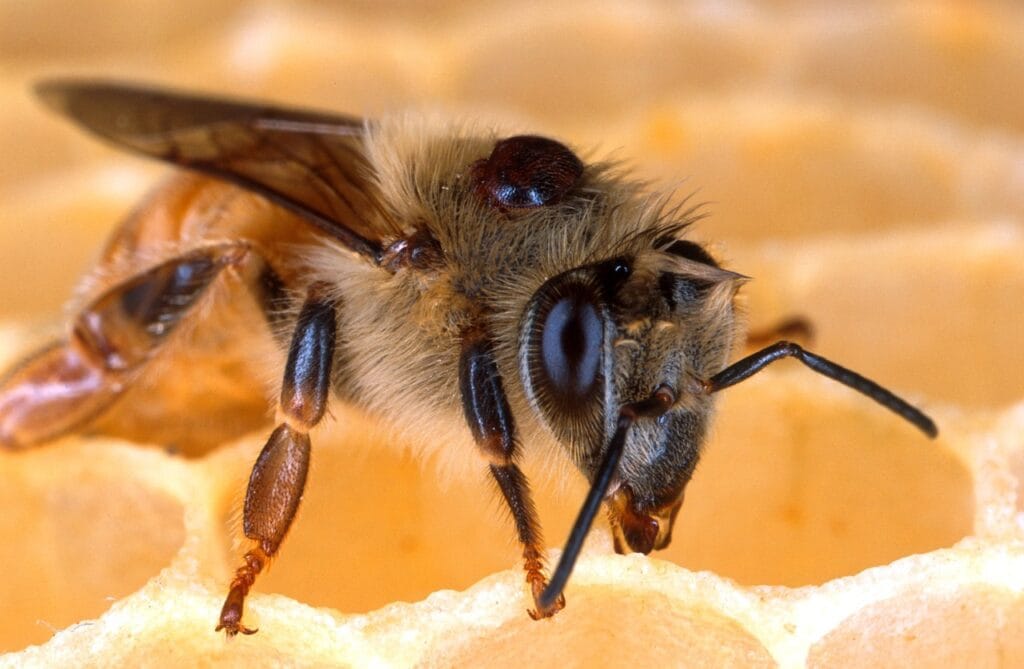Can nematodes be integrated with other IPM methods for better SHB control?
Yes, nematodes can be effectively integrated with other Integrated Pest Management (IPM) methods to provide better control of small hive beetles (SHB).
This integrated approach is widely recommended because using multiple tactics can improve overall efficacy while minimizing risks to bees and the environment.
How Nematodes Fit into an IPM Program for SHB:
- Complementary Role: Nematodes, such as Steinernema and Heterorhabditis species, specifically target SHB larvae and pupae in the soil beneath hives, reducing future adult beetle populations without harming bees or contaminating hive products. Their use complements in-hive controls like mechanical traps (oil traps, Swiffer sheets) and cultural practices (maintaining strong colonies, good hygiene)[1][2][3].
- Integration with Cultural Practices: Combining nematode applications with regular hive and apiary cleaning, minimizing excess hive space, and situating hives in sunny, dry locations enhances overall SHB suppression. These steps reduce beetle egg-laying sites and support healthy colonies better able to fend off SHB adults[3][1].
- Combined with Other Biological and Genetic Controls: Nematodes can be used alongside genetic approaches such as requeening with hygienic bee stock, which increases bee-driven removal of beetles and their eggs and larvae within the hive[3].
- Reduced Reliance on Chemicals: Because chemical soil drenches and in-hive strips can harm bees and contaminate products, integrating nematodes allows for reduced chemical use or the use of softer chemicals if absolutely needed, further lowering environmental and product risks[4][3].
- Advantages of Integration: Integrated methods reduce the risk of SHB developing resistance, provide year-round protection across pest life stages, and help maintain healthy pollinator populations and clean hive products[2][1][3][4].
Summary:
Entomopathogenic nematodes are a proven and environmentally safe biological control for SHB, and they are most effective when used as part of a broader IPM strategy that includes physical, cultural, and genetic measures.
This combination maximizes SHB suppression, reduces bee stress and product contamination, and is considered best practice for SHB management in modern beekeeping[2][1][3][4].
⁂
- https://pmc.ncbi.nlm.nih.gov/articles/PMC8267404/
- https://www.numberanalytics.com/blog/nematodes-biological-pest-control
- https://txbeeinspection.tamu.edu/small-hive-beetle/
- https://etd.auburn.edu/bitstream/handle/10415/7330/MSThesisFinal.pdf?sequence=2
Ad – Amazon Associate Store










